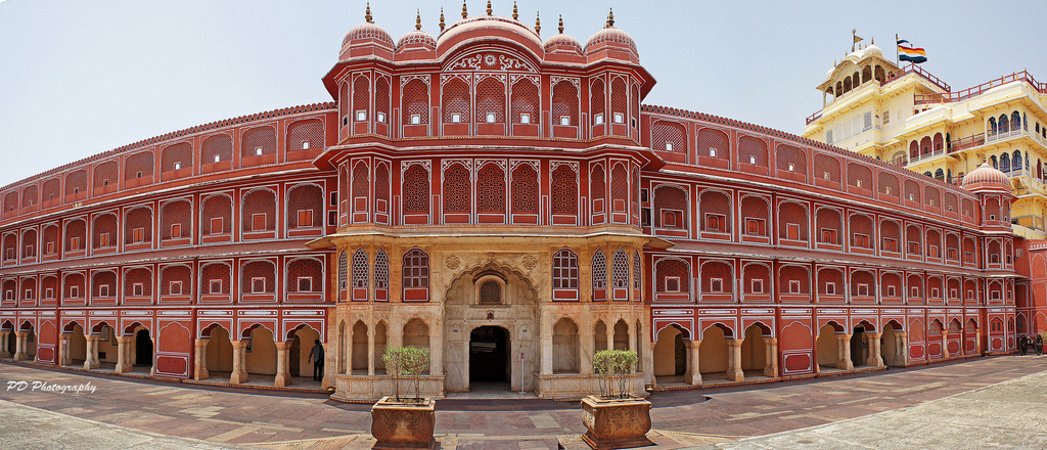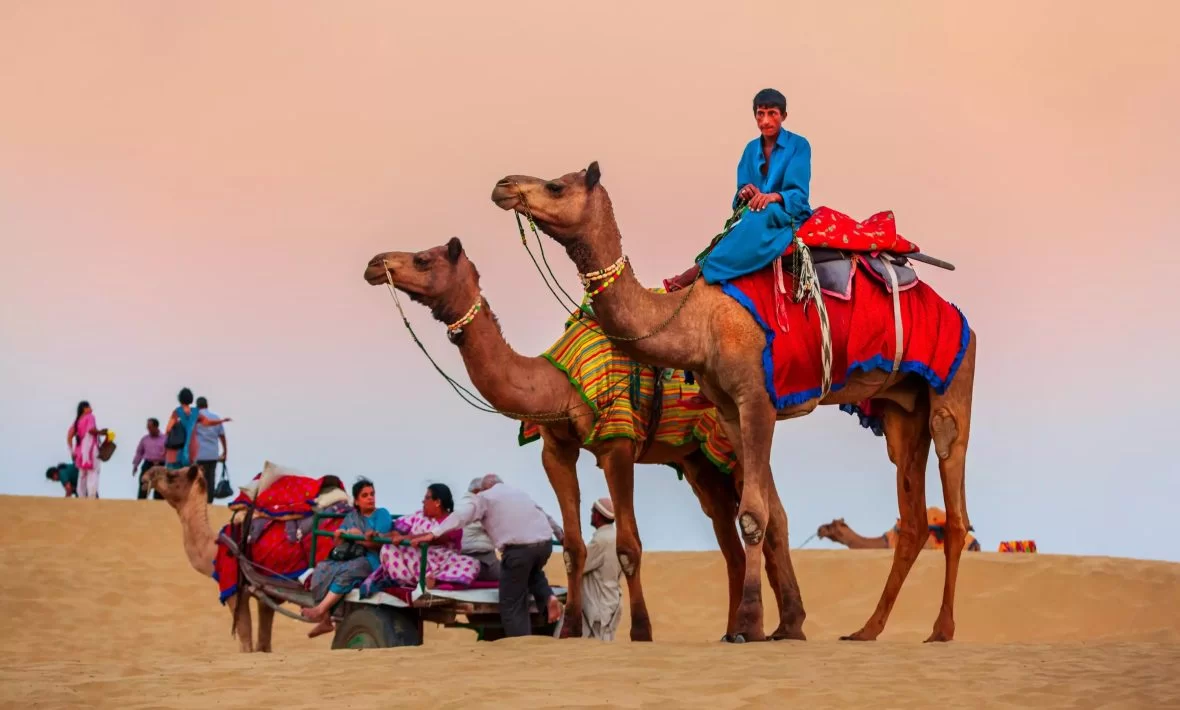India’s Golden Triangle is more than a travel route—it’s a deep dive into centuries of history, cultural traditions, and culinary evolution. Connecting Delhi, Agra, and Jaipur, this iconic circuit offers a balanced mix of majestic architecture and flavorful street experiences. For first-time visitors and returning travelers alike, the journey offers a layered understanding of India’s heritage beyond just its monuments. Let’s explore how forts and food bring the Golden Triangle to life.
How Does Delhi’s History Set the Stage for the Journey?
Delhi, India’s capital, is a living museum. From the towering Qutub Minar to the bustling lanes of Chandni Chowk, the city bridges the past and present. The Red Fort, a UNESCO World Heritage Site, stands as a symbol of Mughal grandeur. As you walk through its gates, the sound of old Delhi’s life outside the walls contrasts beautifully with the fort’s architectural silence.
But Delhi isn’t only about historic landmarks. Food is equally central to its identity. Whether it’s the tangy chaat at Bengali Market or the stuffed parathas of Paranthe Wali Gali, local flavors reveal stories as rich as the monuments. The combination of Persian-influenced Mughlai dishes and robust Punjabi cuisine creates an unforgettable taste journey that complements the visuals of old-world forts and colonial architecture.
What Makes Agra More Than Just the Taj Mahal?
Agra’s claim to fame, the Taj Mahal, is undoubtedly worth every bit of admiration. However, the city’s charm deepens when one explores Agra Fort—a massive red sandstone structure that served both as a palace and a strategic military base. With its intricate marble halls and imposing gates, it narrates the tales of Mughal emperors with quiet dignity.
Local food adds another dimension to Agra’s cultural palette. The city is known for its petha, a translucent sweet made from ash gourd, and spicy bedai sabzi served for breakfast. Try them from a street-side vendor while watching daily life unfold in the shadow of these age-old marvels. This balance of royal legacy and common life makes Agra a crucial piece of the Golden Triangle Tour.
How Does Jaipur Blend Forts and Flavors So Seamlessly?
Jaipur, the Pink City, blends regal splendor with desert soul. As the third stop on the Golden Triangle route, it offers a more vibrant and colorful energy. Amber Fort, with its massive courtyards, detailed mirror work, and elephant rides, is an iconic representation of Rajput architecture. Jaigarh and Nahargarh forts provide panoramic views of the Aravalli hills and glimpses into Rajasthan’s military history.
Jaipur’s food scene is a celebration of spices. Start your day with a warm poha, grab a kathi roll from a roadside cart, and indulge in dal baati churma for dinner. The city’s sweets like ghewar and mawa kachori are not to be missed. These flavors connect travelers to the land’s hospitality, just as much as its majestic palaces do.
How Does the Golden Triangle Evolve with Wildlife and Nature?
For travelers looking to add a layer of adventure and nature to their journey, the Golden Triangle Tour With Ranthambore is a compelling option. After visiting Jaipur, a detour to Ranthambore National Park allows travelers to witness India’s rich wildlife—especially the elusive Bengal tiger. The experience is starkly different from historical exploration but equally rooted in India’s identity.
The landscapes of Ranthambore, with ancient ruins hidden in jungles, offer a different kind of fort—one consumed by nature instead of human activity. The local food here is rustic and hearty, influenced by forest produce and local farming traditions. Whether you’re enjoying bajra roti or ker sangri, each bite reflects a deep connection to Rajasthan’s natural environment.
Is There a Way to See Rajasthan in a Shorter, Richer Format?
Travelers with limited time but a strong interest in Rajasthan’s culture can opt for the Mini Rajasthan Tour Package. This option condenses key experiences from the Golden Triangle and expands to lesser-known yet culturally rich spots like Udaipur, Pushkar, or Bikaner. Each location has its own unique architecture and culinary stories, often untouched by mass tourism.
Here, one might discover a lesser-known fort with panoramic sunset views or sample malpua at a local fair. These shorter tours make it possible to grasp the essence of Rajasthan without the pressure of covering long distances—ideal for a deeper, slower engagement with the region.
Can the Golden Triangle Tour Offer a Spiritual Experience?
Absolutely. The Golden Triangle Tour with Rishikesh adds a spiritual dimension to the traditional circuit. After exploring Delhi, Agra, and Jaipur, Rishikesh welcomes travelers with the serene Ganges, yoga retreats, and the iconic evening Ganga Aarti. It’s a fitting end (or beginning) to a trip that starts with stone and spice and ends with spirit and silence.
The food here is sattvic—pure, vegetarian meals that nourish both body and mind. Think simple khichdi, fresh fruit juices, and herbal teas. Combined with the chants, bells, and river breeze, this extension offers a holistic contrast to the royal and urban themes of the Golden Triangle.




